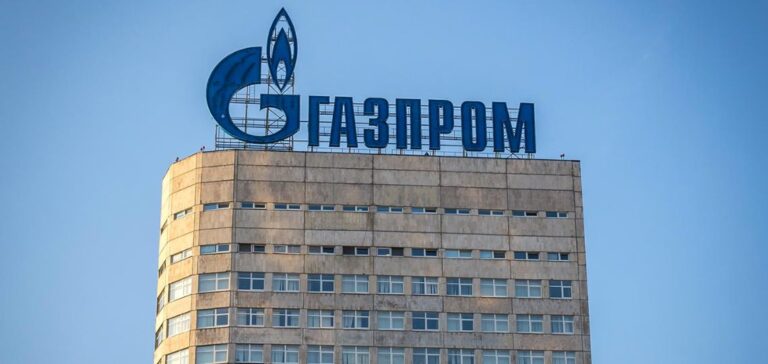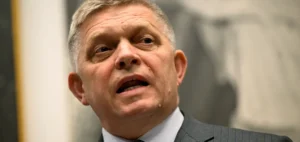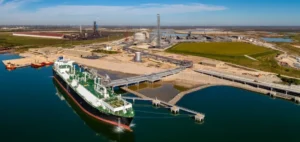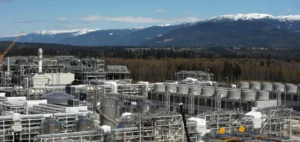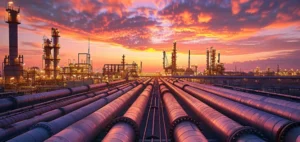Gazprom’s gas exports outside former Soviet bloc countries fell 45.5% in 2022, according to announced results, after a year marked by a sharp decline in deliveries to Europe in the wake of Western sanctions against the offensive in Ukraine.
In a statement, Gazprom CEO Alexei Miller said the group had exported 100.9 billion cubic meters of gas in 2022 to countries of the “far abroad,” a term that does not include the former Soviet republics. By 2021, Gazprom had exported 185.1 billion cubic meters to these same countries.
After the economic sanctions taken by the West against Russia, in reaction to its military intervention in Ukraine, Moscow has sharply reduced its hydrocarbon exports to the EU.
In early December, the European Union, the G7 countries and Australia also agreed to cap the export price of Russian oil at $60 per barrel, in the hope of depriving Moscow of important revenues.
In response, Russia announced that it would ban the sale of its oil to foreign countries that use the cap on its oil as of February 1. To compensate for the losses, Moscow is trying to increase its gas deliveries to the energy-intensive Chinese economy and has accelerated this move.
At the end of December, Vladimir Putin launched the exploitation of a vast deposit located in Siberia, which should enable increased exports to China. Russia also plans to build the Siberian Force 2 pipeline from 2024 to supply Beijing via Mongolia.
The CEO of Gazprom noted that “the prospects for an increase in gas consumption in the world are linked mainly to Asia, and, first of all, to China”. Miller said that by 2022 deliveries to Beijing had exceeded, “at China’s request,” the quantities provided for in the contracts.
In addition to the Siberian Force 1 pipeline, Gazprom plans to increase deliveries from the Far East and via the future Siberian Force 2 pipeline. According to Alexei Miller, these three export routes should make it possible to “deliver about 100 billion cubic meters” of Russian gas to China.

